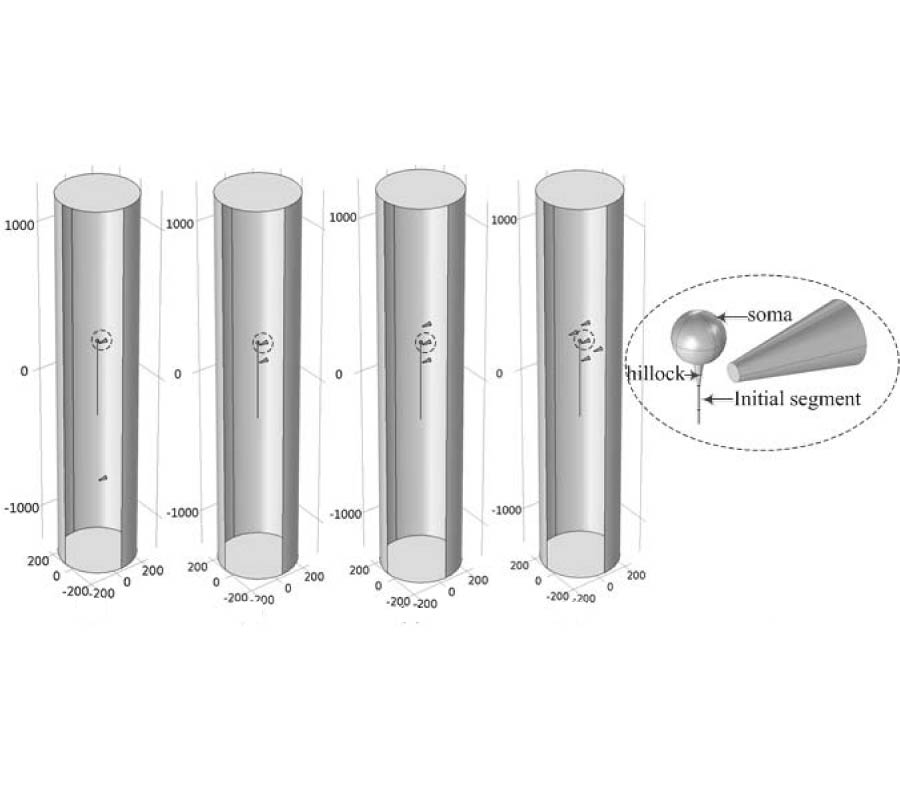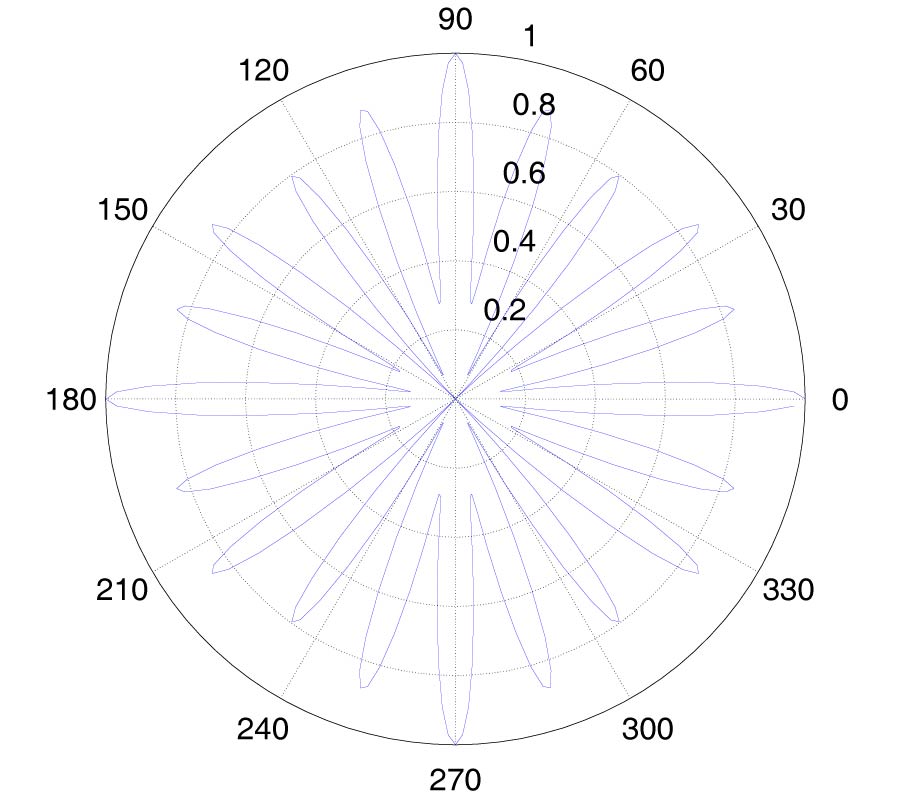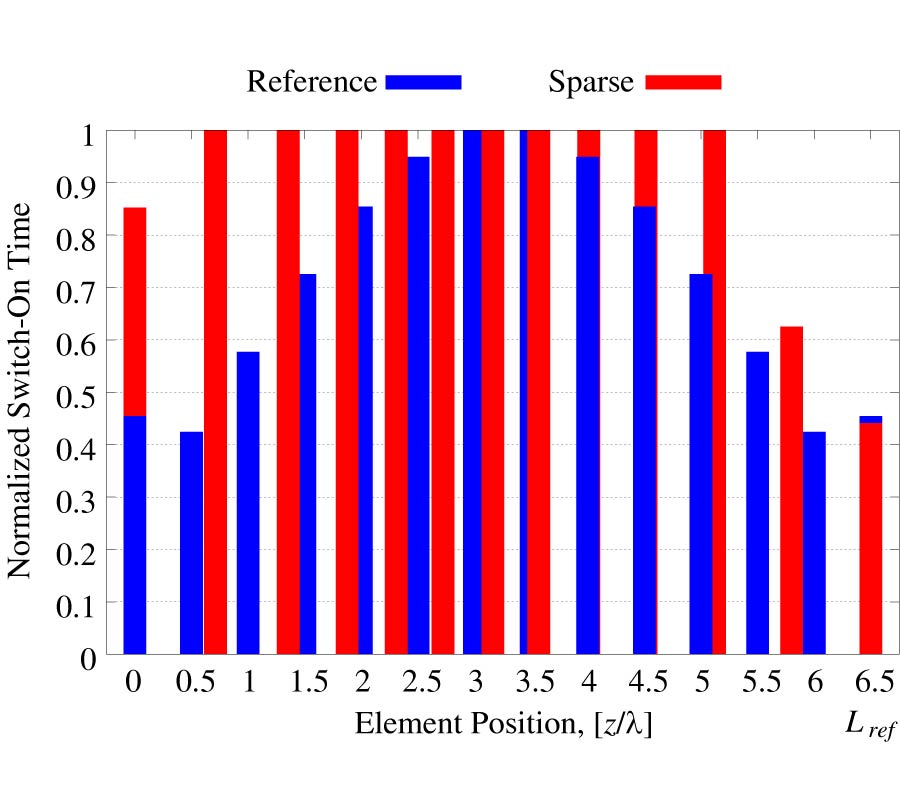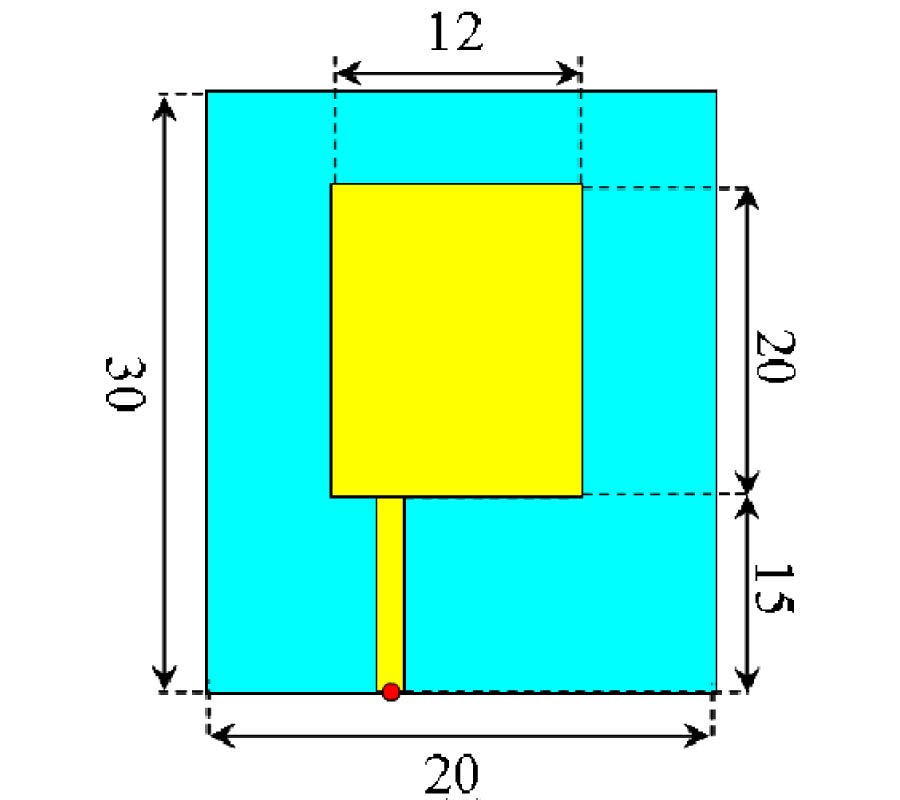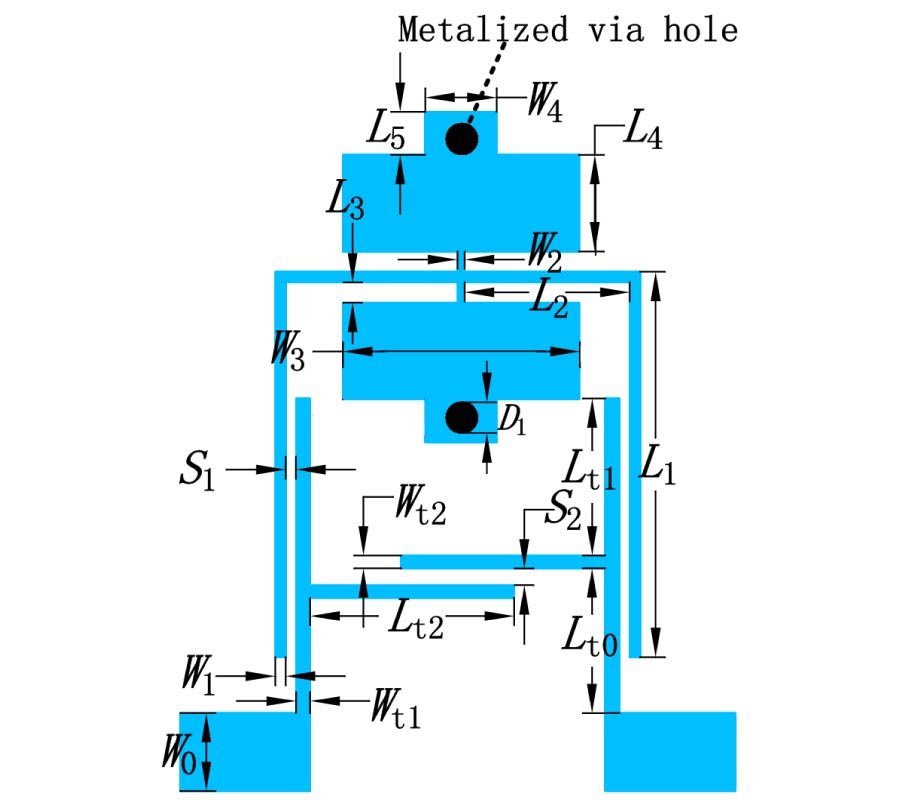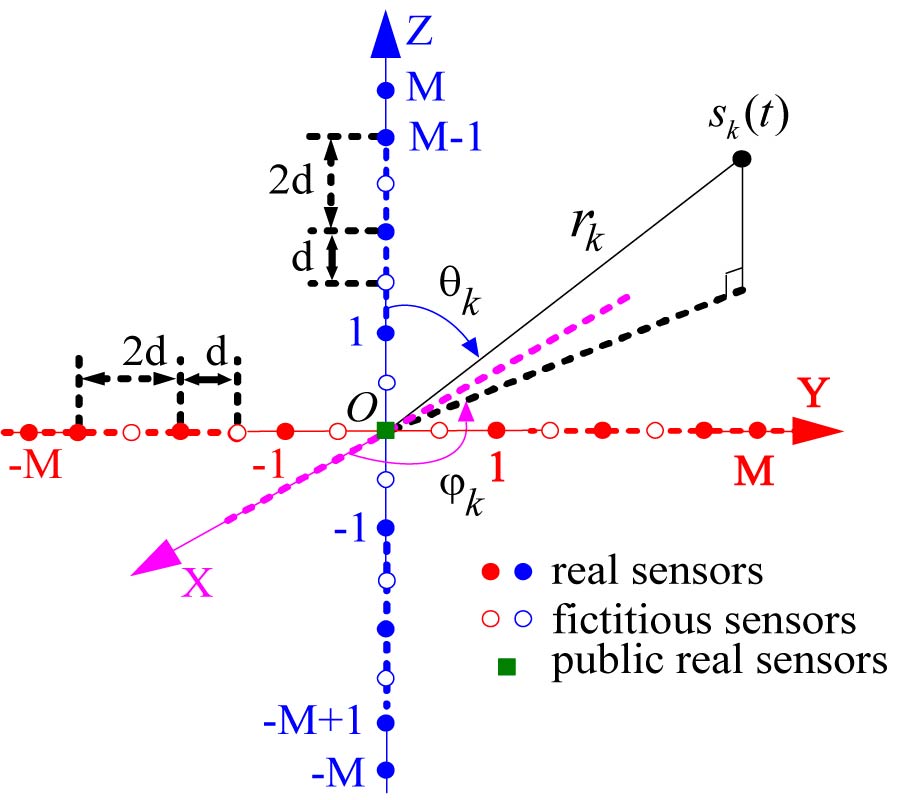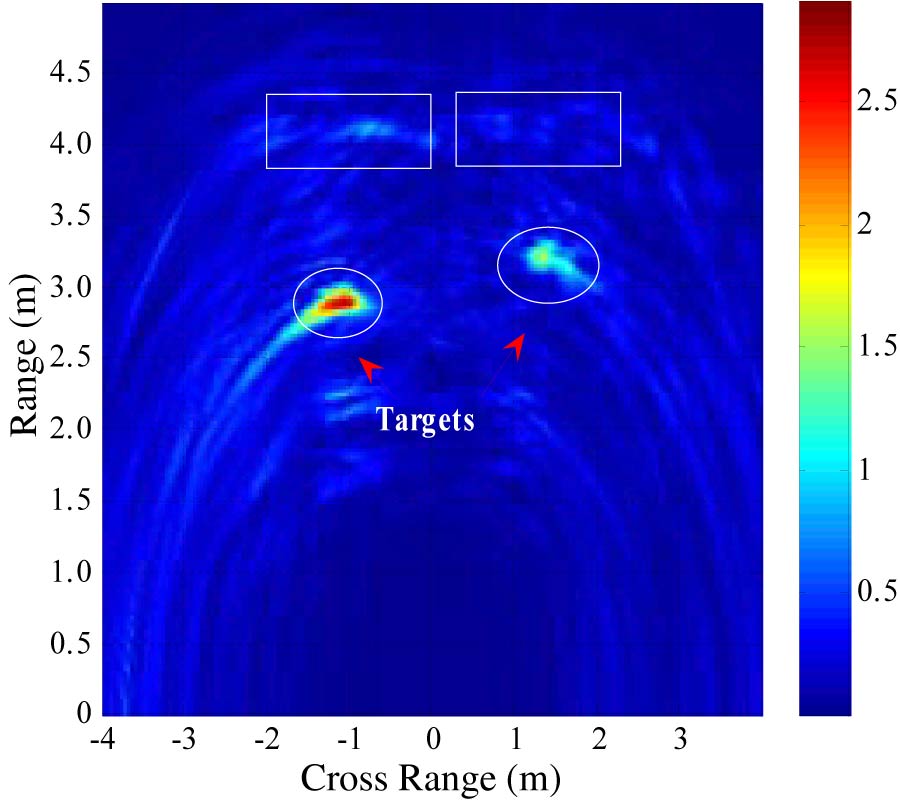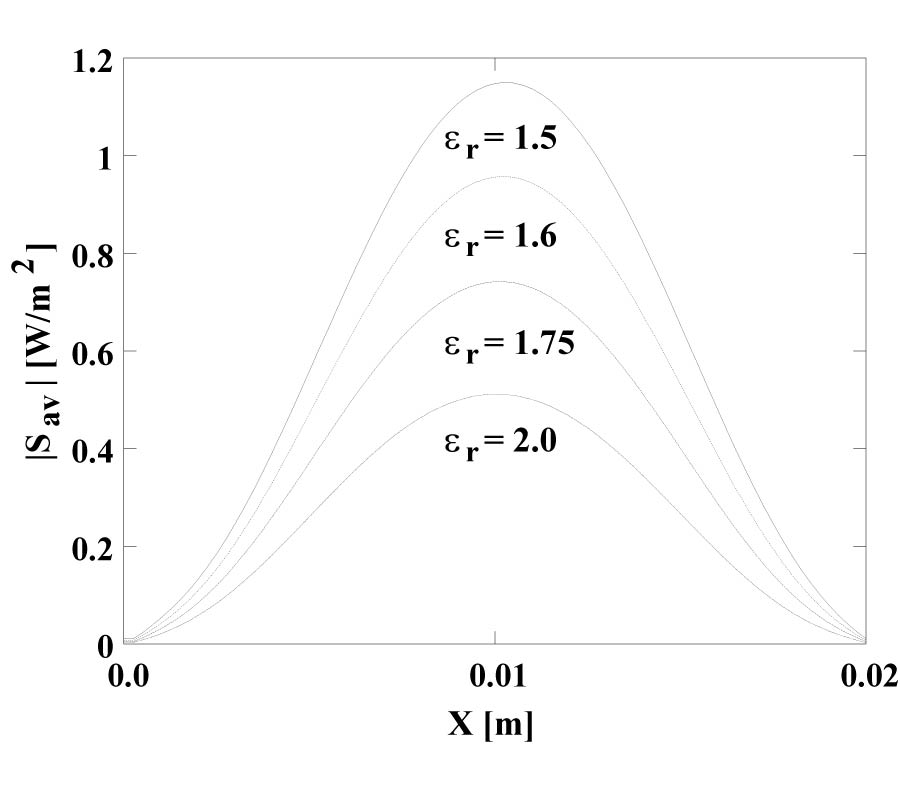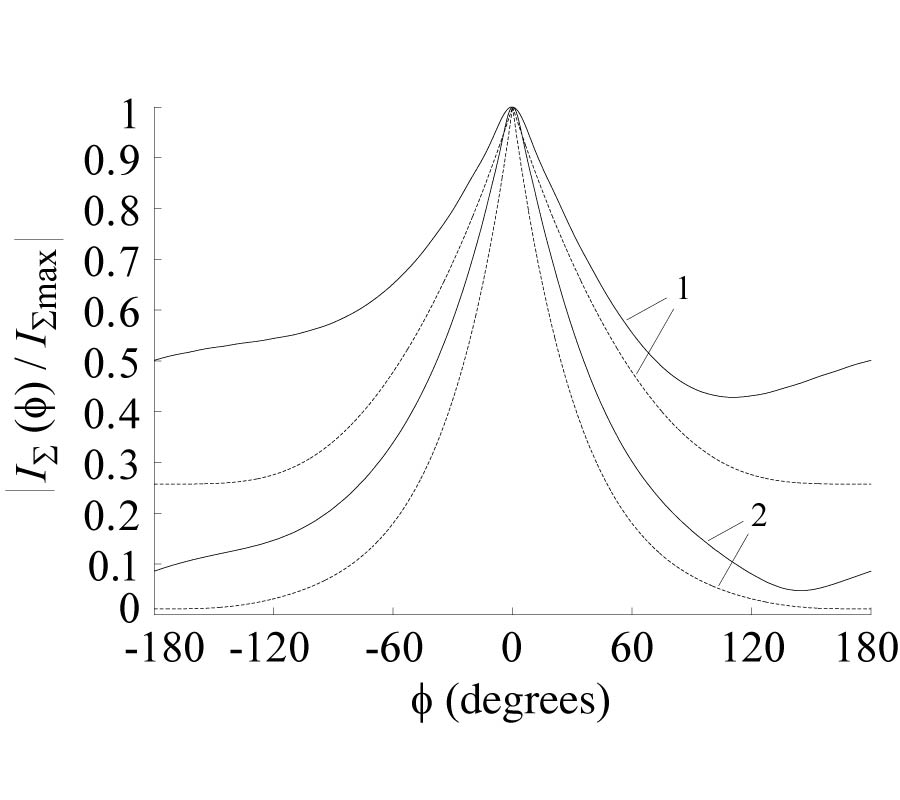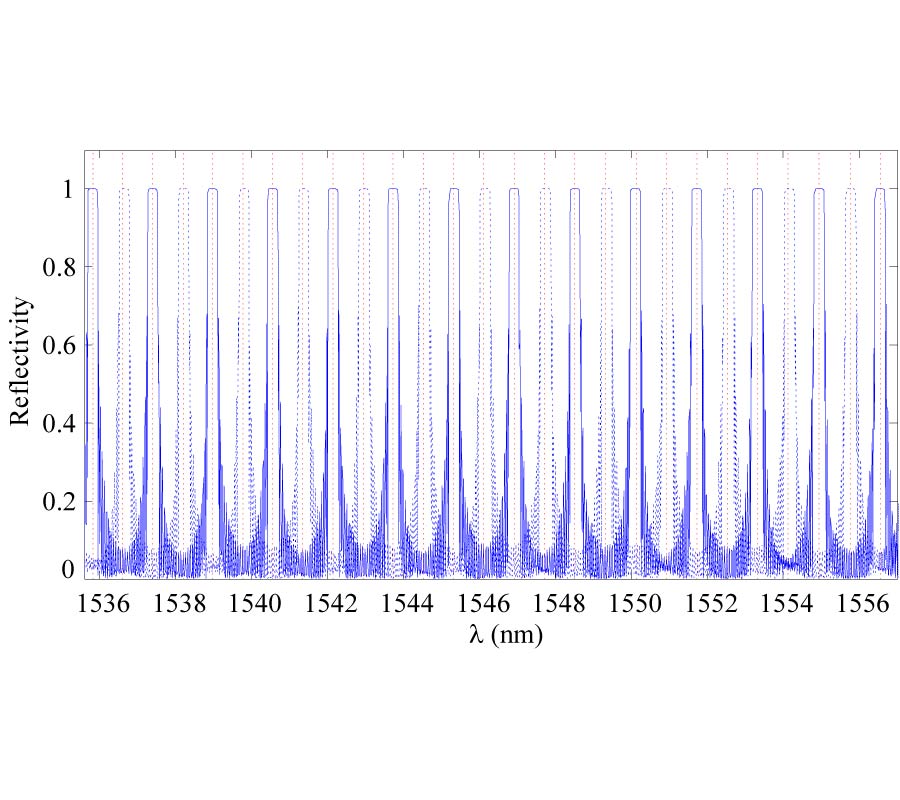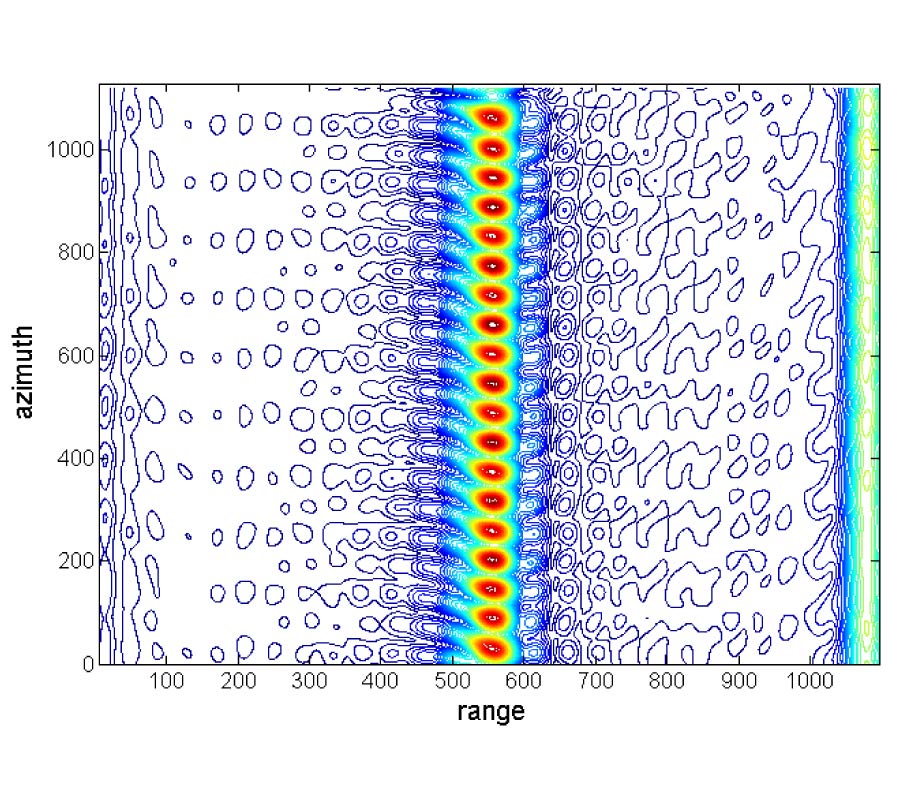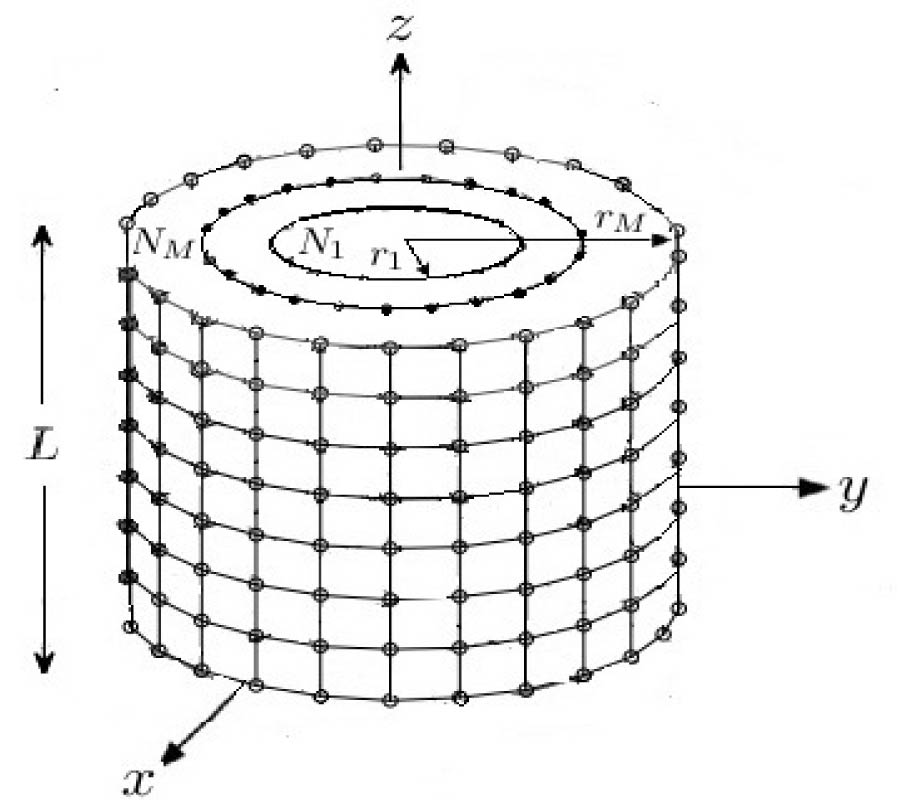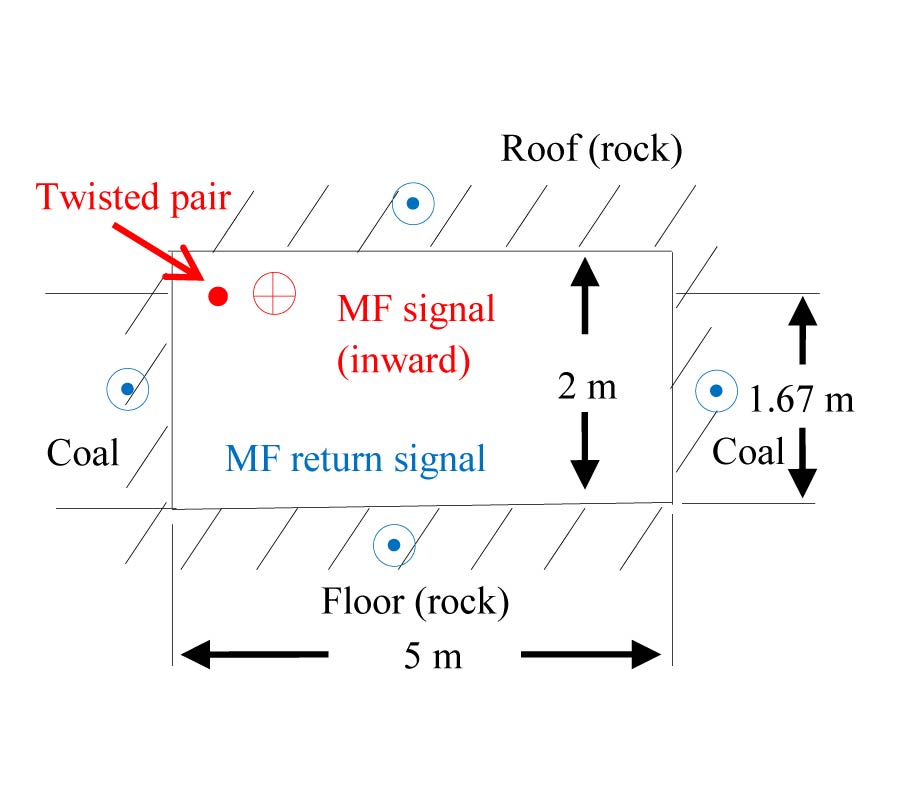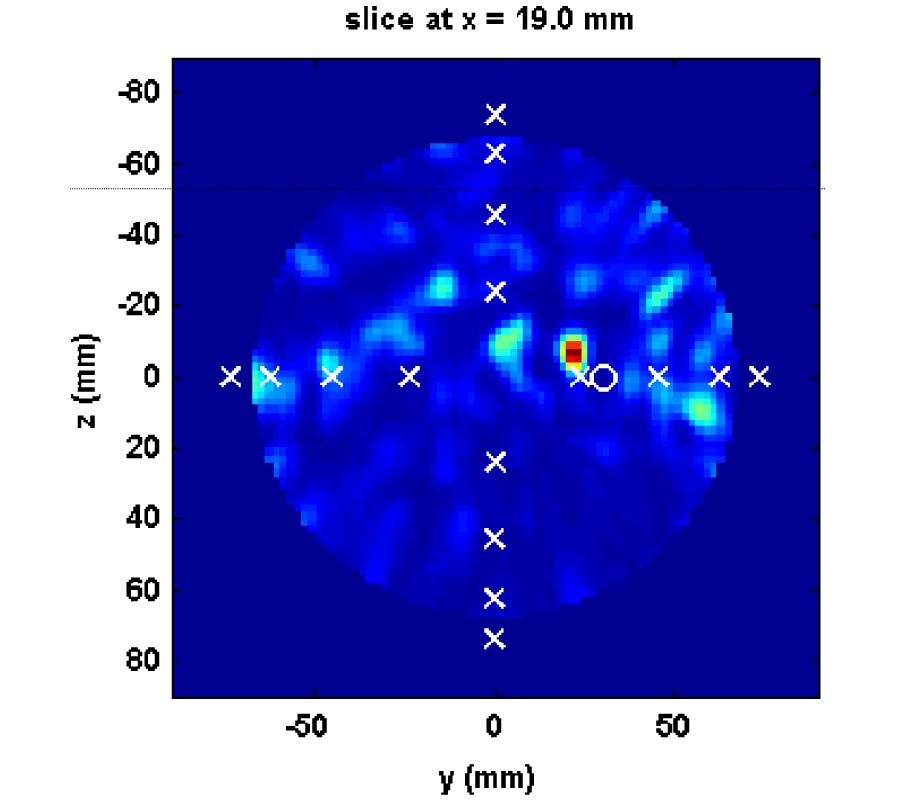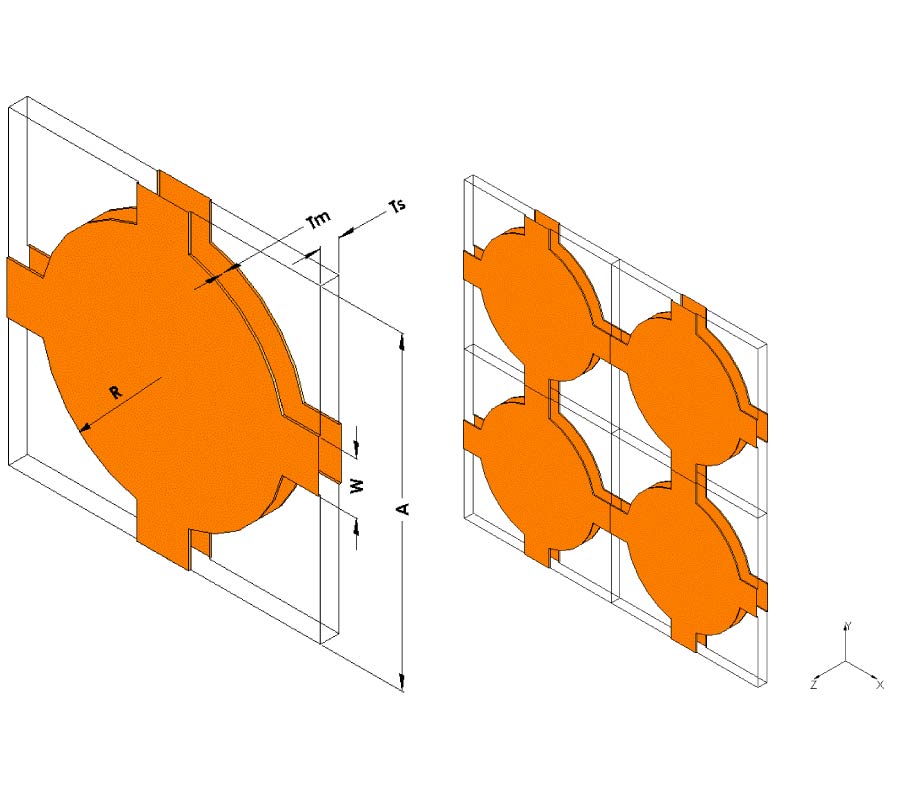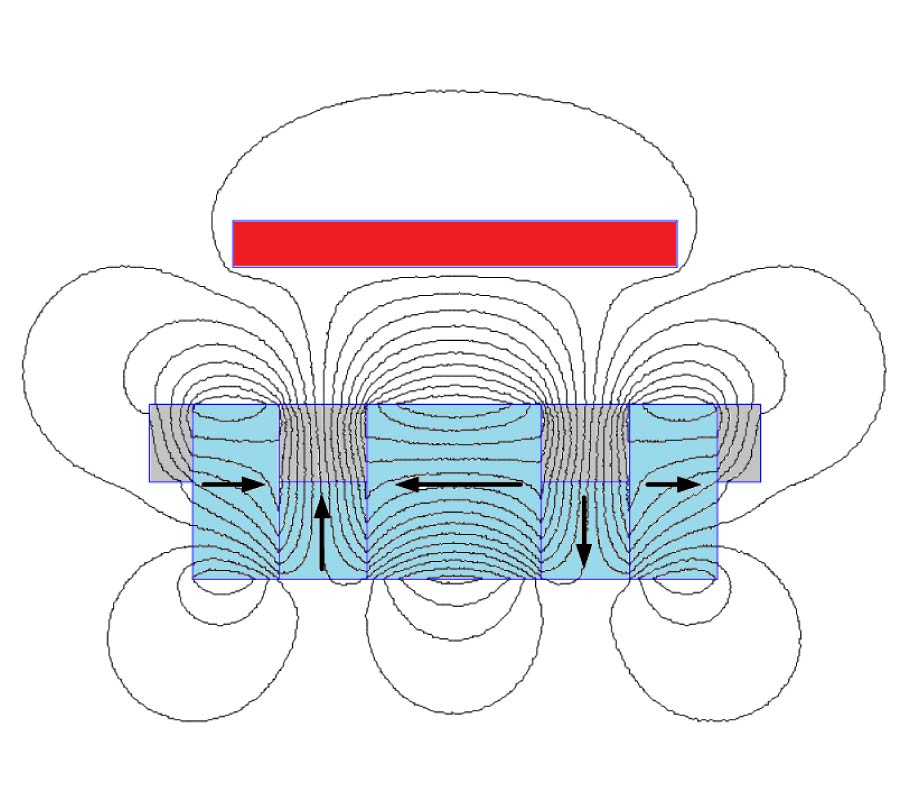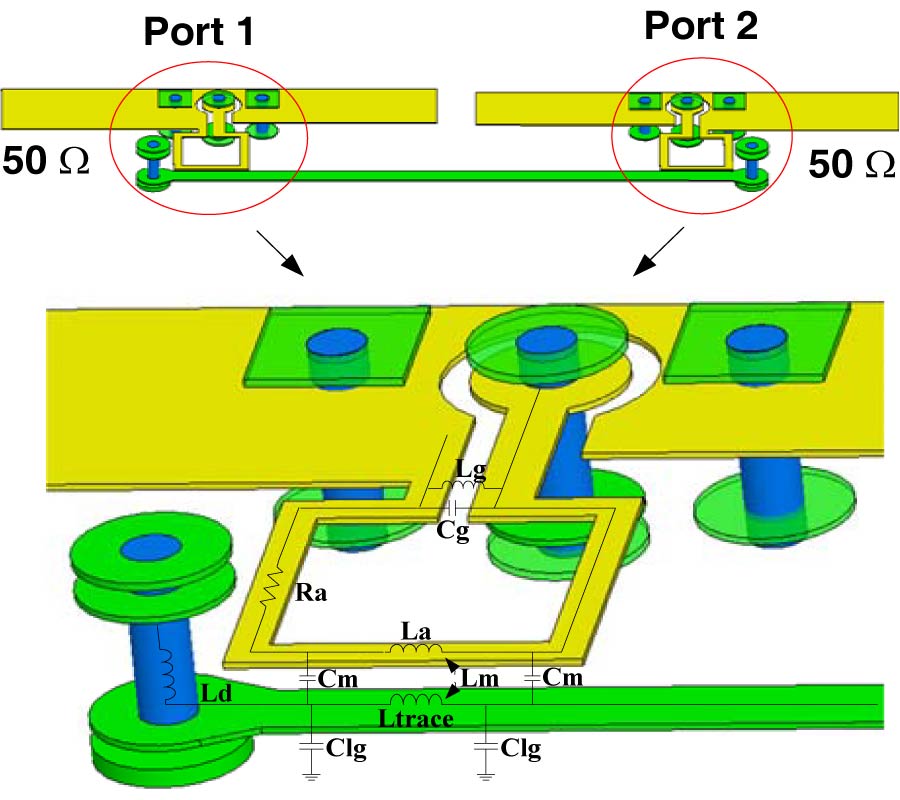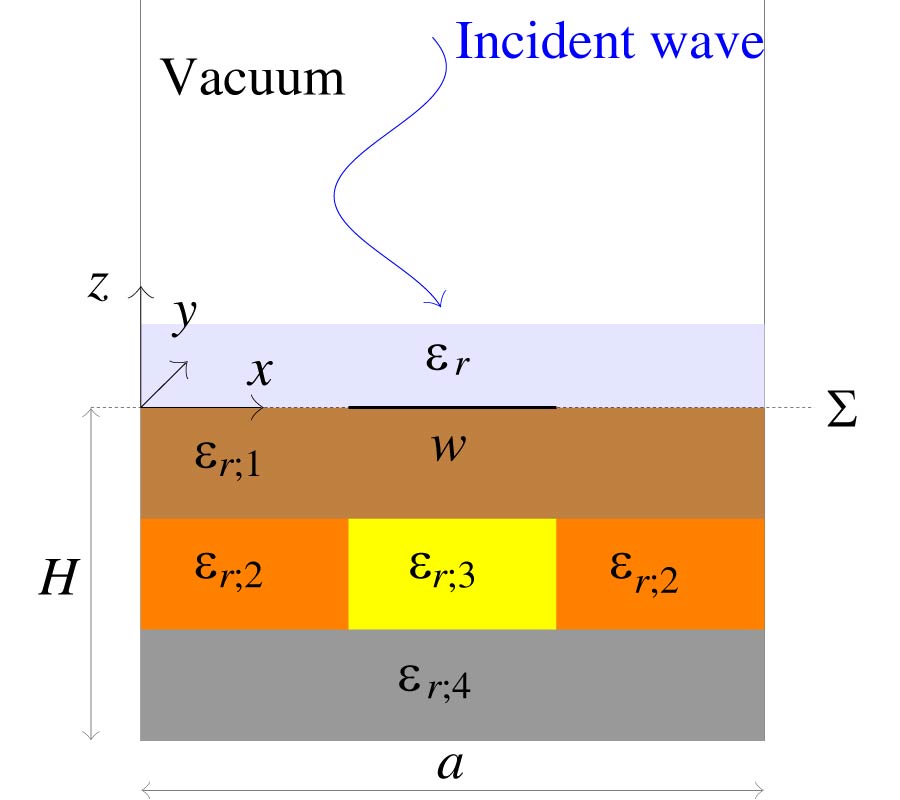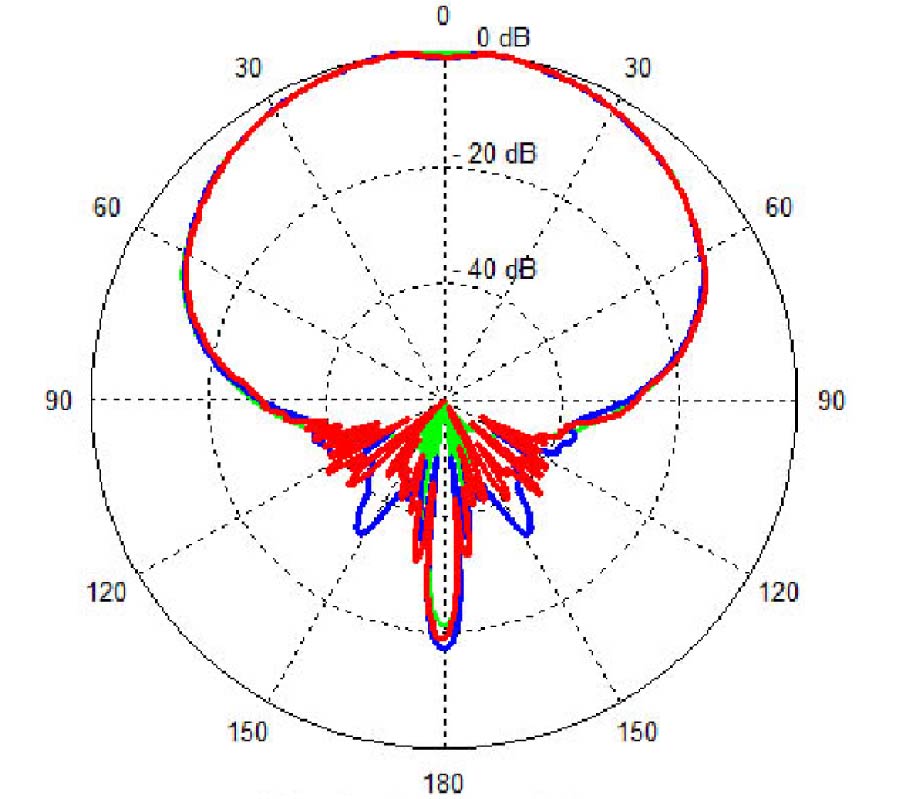A Passive Wireless Gas Sensor Based on Microstrip Antenna with Copper Nanorods
Taha Ahmed Elwi and
Wisam J. Khudhayer
Applications of copper (Cu) nanorod arrays, produced by glancing angle deposition (GLAD) technique, which extends the function of conventional microstrip antennas to encompass passive wireless gas sensors at microwave frequencies are presented. The proposed microstrip antenna consists of Cu nanorod arrays grown on silicon wafers which were coated with thin films of Cu of 50 nm in thickness. To study the effect of the length of Cu nanorods on antenna performance, Cu nanorods of different lengths (400, 700, and 1000 nm) were fabricated. The effects of Cu nanorods morphologies (Cu thin film, closely-spaced Cu nanorods, and well-separated Cu nanorods), were investigated too. Conventional microstrip antennas based on sputtered Cu thin film were prepared for comparison. It was found that as the length of Cu nanorods increases, the antennas exhibit a wider bandwidth and lower frequency resonance than those of the conventional antennas based on Cu thin film. Furthermore, moving from flat surface to well-separated nanorods results in a decrease in the resonant frequency, while there was no observable effect on the bandwidth. These enhancements are attributed to the mutual coupling occurring among Cu nanorods. Based on the antenna characterization, the 1000 nm long Cu nanorods sample was selected for gas detection measurements due to its observed sharp resonance and narrow bandwidth. The detection mechanism is based on the change of in the magnitude of the reflection coefficient as well as the resonant frequency due to the introductions of different gases. The proposed sensor based on Cu nanorods shows a significant response in response to the introduction of different gases such as oxygen, nitrogen, and nitrogen, while the conventional antenna shows no measurable response. It is believed that the proposed sensor is applicable to the other gases based on the suggested sensing mechanism.
